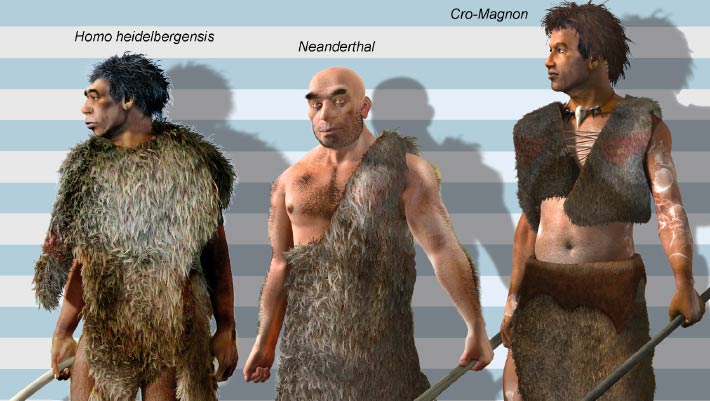New research by scientists from the University of Reading and the University of Durham shows that encephalization (i.e., relative brain size increase) across 7 million years of hominin evolution arose from increases within individual species.
“One of the most evident evolutionary changes during human evolution and one intimately associated with our unique cognitive and behavioral traits has been an increase in brain size,” said lead author Dr. Thomas Puschel and his colleagues.
“Encephalization during human evolution has long been debated, and several studies have compared hominin cranial capacities across species to propose possible adaptive mechanisms acting upon brain size variation among hominins.”
“Some have argued for gradual growth over time, while others propose punctuated equilibrium with rapid increases followed by stasis.”
“Other studies support a combination of both models, while others claim they cannot be distinguished.”
For their new research, the authors assembled the largest-ever dataset of ancient human fossils spanning 7 million years and used advanced computational and statistical methods to account for gaps in the fossil record.
These innovative approaches provided the most comprehensive view yet of how brain size evolved over time.
“This study completely changes our understanding of how human brains evolved,” said Professor Chris Venditti, co-author of the study.
“It was previously thought that brain size jumps dramatically between species, like new upgrades between the latest computer models.”
“Our study instead shows a steady, incremental ‘software update’ happening within each species over millions of years.”
The research challenges old ideas that some species, like Neanderthals, were unchanging and unable to adapt and instead highlights gradual and continuous change as the driving force behind brain size evolution.
“Big evolutionary changes don’t always need dramatic events,” Dr. Puschel…
Read the full article here





